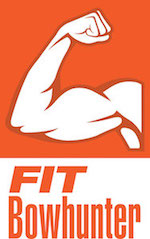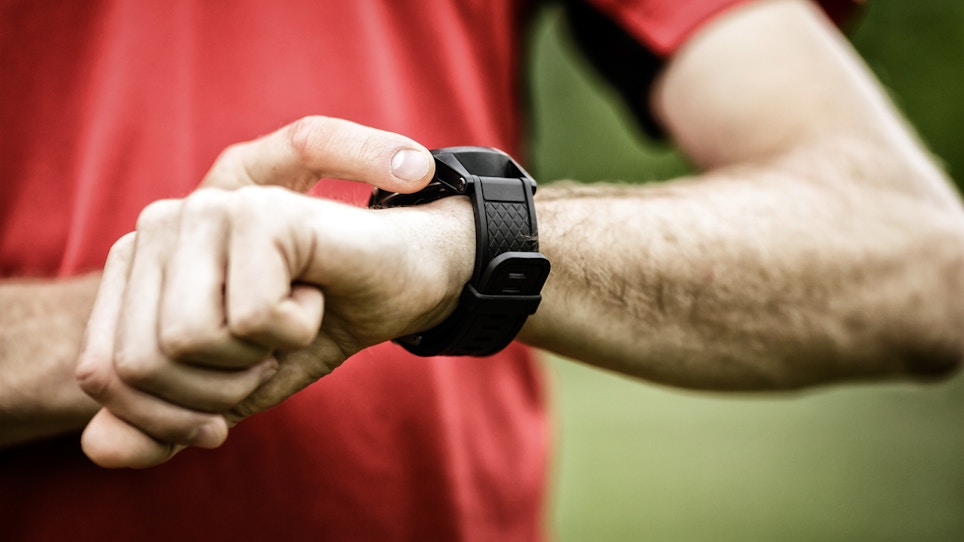 I just finished a 10K race and hammered out a personal best — 42:00:00. I had a “runner’s high” for a week following that race. That euphoric feeling prompted me to train harder and watch my diet more closely. I was, after all, on top of my running world. But a few days ago after a long, slow run, I noticed my legs felt heavy and weak. Weird. I was eating perfectly, following a strict routine and even getting the right amount of rest — correctly doing what to do after a race.
I just finished a 10K race and hammered out a personal best — 42:00:00. I had a “runner’s high” for a week following that race. That euphoric feeling prompted me to train harder and watch my diet more closely. I was, after all, on top of my running world. But a few days ago after a long, slow run, I noticed my legs felt heavy and weak. Weird. I was eating perfectly, following a strict routine and even getting the right amount of rest — correctly doing what to do after a race.
The run dinged my mental psyche, and I needed to rebound. I planned a rest day and followed it up with a race-pace 10K run. I needed to run another 10K at or near my last race pace to make myself feel better.
Related: Run a Race to Get Bowhunt Ready
I didn’t feel bad on the run, but I certainly didn’t feel great, which was evident in my time of 43:21:13. I called my buddy — my “Running Yoda” — and explained what was going on. He suggested that I take a week and run each distance for a preset time. “Don’t worry about pace or mileage,” he told me. “If you plan to run for an hour, run for an hour. Don’t look at your pace or concern yourself with how many miles you’ve gone. Run off of feel. When the hour is up, stop!”
Being that my Yoda had just won the Master’s age group at a local marathon and the Men’s Overall at a packed, 40-mile run in Tulsa, Oklahoma, I listened.
This was my exact running log the week after heeding his advice:
- Monday: Ran for 1:30:00. Didn’t wear watch, which was weird, but kept the time on my phone. Felt really good. Drove the course later in the truck and discovered I went 11.2 miles, which equals an 8:02 min/mile pace. I’m happy with that.
- Tuesday: Ran for 60 minutes. Wore my watch, but didn’t look at it one time. Distance total at the end of the run was 7 miles. Pace was 8:34 min/mile. Felt great throughout the run.
- Wednesday: Ran for 1:30:00. Focused on slowing my pace and mentally trying to keep it at around 9:00:00. I didn’t look at the watch, but my run mileage was 10.12 miles, which equals an 8:54 min/mile pace.
- Thursday: Ran for 50 minutes. Felt good and fast. Kept the pace consistent, but really kicked during the last two miles. Didn’t look at the watch once. Ended up running 6.5 miles at a 7:42 min/mile pace. Great run, especially after a pair of long runs this week.
- Friday: Rest Day! CrossFit at gym.
- Saturday: Ran for 2:30:00. This was my long run for the week, and it felt great not to glance at the watch and to not worry about mileage or time. The legs didn’t feel heavy, and I finished the run with a distance of 16.45 miles. Pace was perfect … 9:07 min/mile.
- Sunday: Rest Day! CrossFit at gym.
Yesterday, I ran a race pace 10K and finished with a personal best of 41:58:03. I was elated and back on top of my running world. Why? It was from this simple change in schedule. I had gotten used to running a set number of miles at a must-hit, pre-determined pace. I was exhausted with this, and a simple change to how I went about my weekly schedule made all the difference.
Plus, because I wasn’t trying to hit a certain number of daily miles or meet any pace expectations, my body got some much-needed rest. So, take a week and run, walk, bike, swim or lift for a specific amount of time. When the time is up, stop. See if it helps you with any workout plateaus you may be dealing with.
Featured photo: iStock






